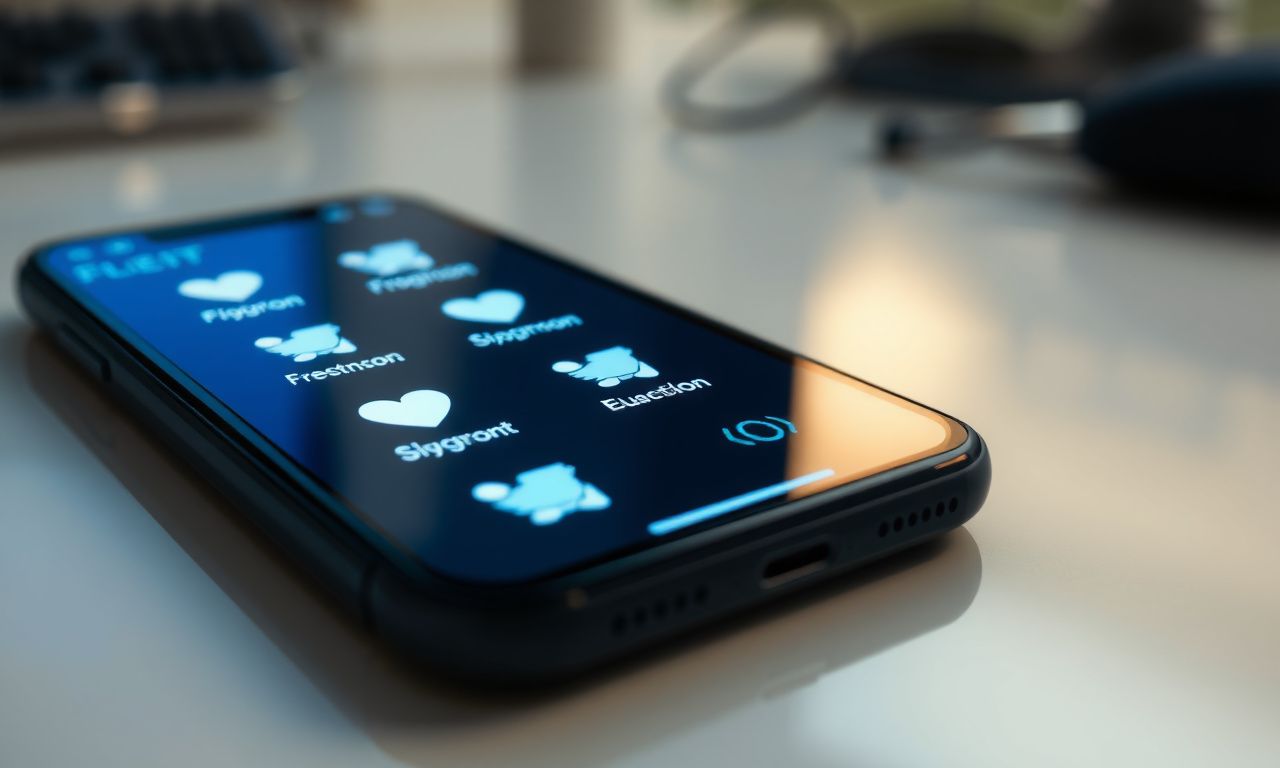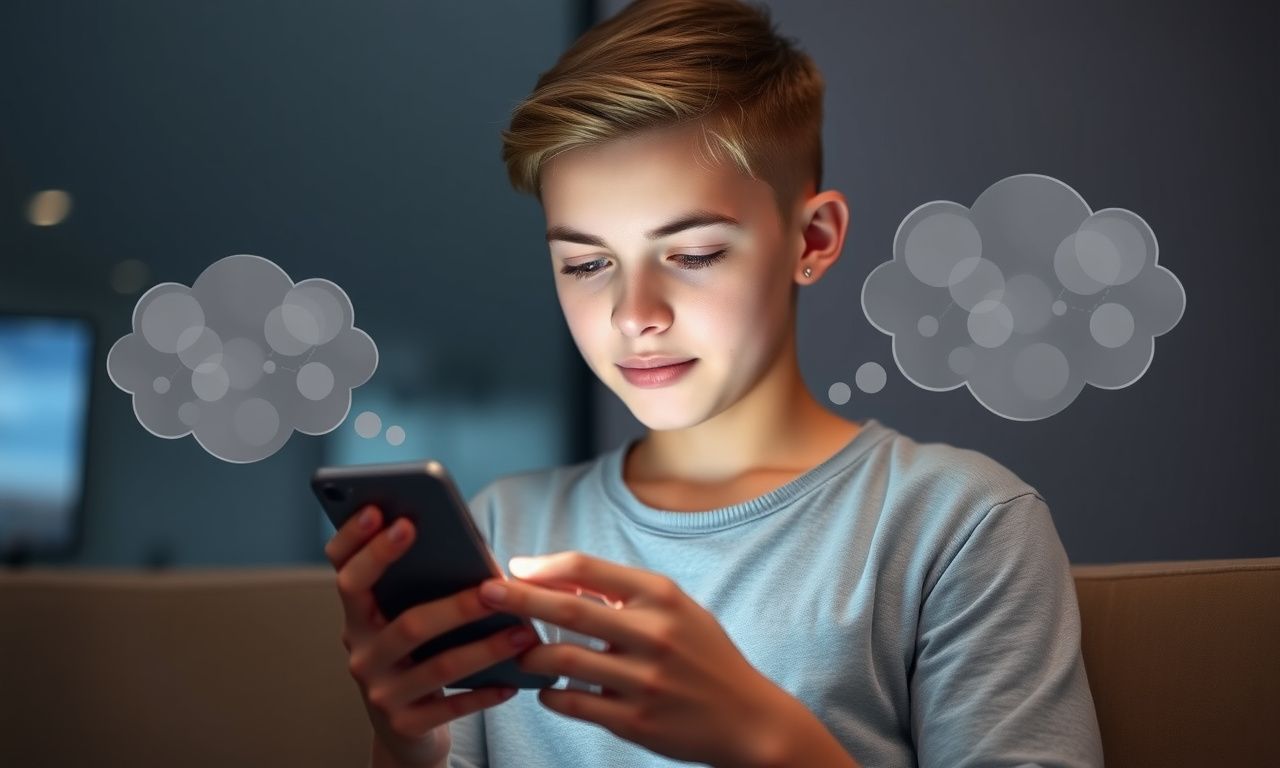Smartphones began as tools for rapid access to information and connection, but their near-constant presence has reshaped how people think, sleep, and relate to others. This feature examines the dopamine-driven feedback loop created by notifications, the craving for constant updates, and how this dynamic can fragment attention and deep thinking—especially among younger users raised in screen-filled environments shaped by algorithmic entertainment. It also highlights a countercurrent: digital minimalism, screen-time awareness, and practical steps to reclaim real-world interaction and emotional balance. The future of smartphones will depend on deliberate use and renewed digital literacy that helps people reclaim the mind without abandoning technology.

Smartphones and the dopamine loop: how notifications shape behavior
Every ping, badge, and scroll acts as a micro-reward. The brain responds with a quick surge of dopamine, nudging us to seek the next notification. Over time, this conditioning can erode our ability to sustain attention on a single task, especially when apps are designed to maximize brief, frequent interactions rather than deep work. While occasional checking can be useful to avoid missing important information, the pattern becomes problematic when it becomes the default mode of operation across work, study, and social life.
Constant context switching—switching between messaging apps, feeds, and videos—drains working memory and slows comprehension. In practical terms, people may experience shallower processing of information, more frequent interruptions, and a sense that tasks take longer than they actually do. The net effect is a subtle shift toward rapid, surface-level engagement rather than sustained, meaningful focus.
Beyond cognitive effects, the loop also affects social dynamics. The pursuit of online validation can foster a sense of connection that feels hollow or transactional, especially when real-world conversations and deep listening are crowded out by scrolling. The result can be a paradox: more surface-level interaction even as loneliness grows, a pattern that researchers increasingly describe as the paradox of modern connectivity.
What to watch for: frequent, reflexive checks after every alert; multi-tasking across apps; a growing sense that deep work is rare or uncomfortable. If this sounds familiar, you’re not alone—many readers are navigating a similar shift as smartphones become ever more integrated into daily routines.
Dr. Lena Park, a cognitive scientist, notes that the brain’s reward circuitry adapts to digital feedback, making sustained attention on one task harder over time. She emphasizes that the problem isn’t phones themselves but the design of attention-optimizing ecosystems and our own digital literacy to regulate use.

Impact on youth and daily life: attention, memory, and empathy
Growing up with smartphones and algorithm-driven feeds shapes cognitive and social development in notable ways. Constant multitasking and rapid shifts in focus can hinder the ability to engage in deep thinking, long-term memory formation, and academic persistence. When entertainment and social feeds are tuned for immediate gratification, the brain can become less tolerant of slower, more reflective activities that build critical thinking and problem-solving skills.
Algorithmic entertainment—curated videos, autoplay loops, and personalized suggestions—often nudges youths toward shorter, highly stimulating content. While this can provide quick wins and bursts of learning, it also risks flattening attention spans and social interactions that require sustained listening, empathy, and nuanced conversation. In practice, this can translate to difficulties in reading social cues, maintaining conversations, and building resilience in the face of complex tasks.
Despite these challenges, the youth cohort is also uniquely positioned to reinvent healthy digital habits. When guided by digital literacy and supportive ecosystems, young users can learn to differentiate meaningful engagement from ephemeral screens. Schools, families, and tech platforms alike play a role in shaping norms that prioritize thoughtful sharing, critical evaluation of information, and real-world relationships over constant online presence.
Practical takeaway: integrate quiet, tech-free moments into daily routines, and encourage activities that build memory and social skills without screens. Small changes—like longer study blocks, scheduled social time, and mindful refresh breaks—can yield outsized benefits over a school term and beyond.

Towards mindful tech: digital minimalism and screen-time awareness
Mindful tech movements advocate deliberate use rather than abstinence. The core idea is to design and adopt routines that reduce the noise of constant alerts while preserving the benefits of smartphones for learning, communication, and productivity. Practical steps include setting an intentional usage budget, turning off non-essential notifications, and batching tasks to minimize interruptions. For many users, these changes unlock more time for focused work, reading, or face-to-face conversations.
Several concrete strategies can help foster a healthier relationship with devices. Create tech-free zones in the home, such as bedrooms and shared dining areas; use feature controls to limit app distractions; schedule daily “digital sunsets” when screens are dimmed or paused before bedtime; and practice a simple pre-use check-in—am I using this app to achieve a real goal or just to fill a moment of boredom?
To support these efforts, families and organizations can model balanced use, discuss digital values, and provide education on how algorithms shape what we see and when we see it. The goal is not to demonize technology but to build digital literacy that enables people to choose the best tools for their needs while protecting cognitive health and meaningful relationships.
Dr. Maya Chen, a neuroscientist specializing in attention, observes that when people learn to regulate inputs—notifications, feeds, and alerts—their capacity for sustained concentration improves. She cautions that the benefits require consistent practice and across-the-board changes in how devices are designed and used.

What the future could look like: digital literacy and design changes
The next phase of smartphone use, many experts argue, will hinge on digital literacy and human-centered design. Users who understand how attention systems work can outpace passive consumption and build routines that favor deliberate, meaningful activity. Meanwhile, designers and policymakers are exploring features that support healthier usage—such as clearer indicators of time spent on apps, more transparent data practices, and interface choices that encourage deep work rather than instant gratification.
Educational programs that teach media literacy, critical thinking, and information ethics will be essential as smartphones become even more integrated into daily life. In the workplace, organizations may adopt policies that protect focus, such as prioritized notifications for urgent communications and incentives for deep work blocks. In essence, the future depends on a concerted effort to raise digital literacy, reframe design priorities, and foster communities that value real-world connection alongside capable, productive technology use.
| Aspect | Unaware usage | Mindful usage |
|---|---|---|
| Attention | Frequent interruptions | Focused blocks, reduced interruptions |
| Sleep | Screen exposure before bed | Screen-free wind-down |
| Relationships | Surface-level interactions | Deeper conversations and presence |
| Memory | Reliance on external cues | Active recall and longer study blocks |
| Digital literacy | Passive consumption | Critical evaluation and intentional use |
